James E. Kelly, sculptor and illustrator, specialized in depicting people and events surrounding the American Civil War. Historian and author William B. Styple discovered Kelly’s journals, which contained interviews with many of the generals who participated in the war. Here he writes about this amazing artist who contributed so much to recording American history.
James Edward Kelly was born on July 30, 1855 in New York City. He was the only surviving child of Patrick Paul and Julia Finley Kelly – his father being born in Glasgow of Irish parentage and his mother in Ireland.
Throughout James Kelly’s life he had three passions: art, American history and New York City. He grew up during the violent tumult of the Civil War – in a city as divided as the nation itself – and from his bedroom window he watched as thousands of blue-clad soldiers marched off to war in 1861, and later as local policemen struggled furiously with rioters during the bloody Draft Riots of July 1863.
Inside the Kelly home, father and mother read aloud news dispatches from the battlefront – reports from Antietam, Gettysburg, the Wilderness and the Shenandoah Valley – all of which stimulated the imagination of young James, who spent his time copying the fanciful woodcut illustrations that appeared in Harpers’ Weekly and the other illustrated newspapers of the day. After viewing the pictures of heroic generals leading their armies into battle, James remarked to his mother that one day Generals Grant, Sherman, and Sheridan would come and visit him, and he would draw their portraits. These childhood day-dreams came true for James Kelly.
Mr. and Mrs. Kelly recognized their child had a talent for art, and enrolled James as a student in the Academy of Design. The fifteen-year-old Kelly began an earnest study of art, eventually became a founding member of the Art Students’ League, and also was under the tutelage of many famed illustrators such as Winslow Homer, Alfred Waud and Thomas Nast. In the fall of 1876, Kelly began illustrating for the leading magazines of the era: St. Nicholas, Harpers’ Monthly, and Scribner’s Monthly. His early work was known for its originality, vigorous action, strong accents, and powerful contrasts in black and white – so characteristic that an interested reader would know them by style, without looking for the signature.
Much of Kelly’s artwork was of military subjects and depicted scenes from the Revolutionary and Civil Wars. In 1879, on assignment from his publishers, Kelly had the opportunity to meet and sketch over forty commanding generals of the Civil War, including his boyhood heroes – Ulysses S. Grant, William T. Sherman, and Philip Sheridan. Along with sketching their portraits, Kelly interviewed his subjects about their wartime experiences and carefully preserved those interviews in notebooks.
Kelly had always felt a great lack of personal detail in the history of the Revolutionary War, and though assigned only to produce sketches, he asked of these officers every question that he would have asked George Washington and his generals had they posed for him. These Union commanders freely discussed their wartime experiences with Kelly, often telling him stories they left out of their memoirs – including their private thoughts on President Lincoln and rival generals.
Fortunately, for today’s historians, Kelly was as good at interviewing as he was at sketching.
During one interview session with General Joshua Lawrence Chamberlain, Kelly asked about the charge at Fort Damnation near Petersburg, Virginia. General Chamberlain acquiesced, but then added, “I don’t see how you can show this in a picture?” “Just tell me the facts,” responded Kelly, “and I’ll attend to the picture.”
Chamberlain continued: “I was running ahead of my men waving my heavy cavalry saber urging them on. I had the colors in my left hand and waved them to my troops. I was doing it when I was wounded. The ball passing through each hip and from which the blood spurted as though a spigot. As I felt myself hit, I brought down my sword point to the ground and bent my legs like a tripod. The men saw I was wounded, but kept right on to either side of me. I was considered mortally wounded.”
Kelly was especially interested in the assassination of President Lincoln, and would seek out any eyewitness to the tragic event. Dr. Charles A. Leale, a fellow New Yorker, had been present at Ford’s Theatre, and was the first surgeon to reach the mortally wounded President. Dr. Leale told Kelly: “When I entered the box, after some delay, for it had been blocked with a bar of wood, I found President Lincoln lying back in his chair – his body inclined to the right, and his head leaning forward on the right side. I loosened his cravat and placed him on the floor. Opening his shirt, I found his breathing had ceased and his heart had stopped. So I knelt down with my knees on each side of him. Holding his nose, I placed a handkerchief around his mouth, and breathed into his lungs. I then pulled up his shirt and massaged his heart. I also raised his legs up and down, to bring blood up into his head.”
Kelly later wrote: “The doctor stepped forward and placing his right forefinger at the left back of my skull, said ‘the bullet went in here and lodged above the eye.’ The jab he gave my head as he did this made me feel as though I had been shot myself, and emphasized for all time where the bullet had pierced the skull of Lincoln.”
In the early 1880s, Kelly turned from illustration to bronze sculpture. This was during the American era of placing commemorative monuments at historical sites, and James Kelly was commissioned to make statues for several battlefields including Gettysburg, Saratoga, Monmouth and Brooklyn Heights. Kelly’s historical depictions included Washington, Paul Revere, Molly Pitcher, Lafayette, General John Buford, and President Lincoln. His work achieved for him international fame, and in 1896, a leading art journal published a retrospective of Kelly’s work, entitled, “James Edward Kelly – A Sculptor of American History.”
The editor of the journal commented on Kelly’s work thusly:
“[Kelly] is the American sculptor, for he has made historical events of this country his chief aim. He partakes of the soil he was born on [and] by strong individuality, hard study, and unceasing labor, accomplishes his purpose, creating ideals of his works full of individual thought and action.”
Another art critic wrote glowingly of Kelly’s talent and historical accuracy: “The characteristics of his imaginative compositions are picturesqueness of conception and arrangement, and boldness in breadth of treatment. At the same time historical details are closely adhered to, both in the compositions themselves and in the minor accessories.”
Alas, after nearly six decades as a working artist with nearly 80 public and private bronzes placed throughout the United States, Kelly’s fortunes declined with the arrival of modern sculpture and he quickly faded from the forefront of American art.
Kelly married Helen McKay (1871-1929) but no children survived them. He died penniless and alone in New York City in 1933 and was buried with his wife and her family (parents and sisters) in an unmarked grave in Saint Raymond’s Cemetery in the Bronx.
Kelly had hoped to publish a book of his Civil War interviews before his death but there was little interest at the time. In 2003, while doing my own research on the Civil War, I discovered Kelly’s archives – a massive collection of 24 boxes of notebooks containing drawings and interviews with over 40 Union generals. I transcribed the interviews, and James E. Kelly’s unique primary source material was finally published in 2005, entitled Generals in Bronze: Interviewing the Commanding Generals of the Civil War. The book ensured that Kelly received accolades from a new generation, not only as an artist, but as a historian.
After Generals in Bronze was released, I was interviewed on C-Span and told the story of Kelly lying in an unmarked grave. Soon afterwards, I began to receive emails and phone calls from people wanting to help place a marker at his final resting place. There were a few problems with the cemetery, and some strict rules to be followed (there were 8 bodies in the double-plot, and all had to be named on the stone), but $8,000 was raised and we had a dedication ceremony the following year.
After lying in an unmarked grave for nearly 75 years, James Edward Kelly finally received a headstone. Carved upon it are the words: JAMES E. KELLY 1855-1933 – A SCULPTOR OF AMERICAN HISTORY.
A new exhibition “American Heroes in Bronze: The Artwork of James E. Kelly” will be on display at Macculloch Hall Historical Museum, Morristown NJ from March 10th until October 31st. Nearly two dozen sculptures and drawings will be on display, many for the first time publicly. On Sunday March 17th and on Sunday June 16th author and historian William B. Styple will lecture about artist James E. Kelly in the main gallery. Tickets for the Sunday program will go on sale from 1pm on the day of the program, no advance sales. The presentations begin at 4:30pm. The museum is open to tour the house and view exhibits on Wednesdays, Thursdays & Sundays from 1 to 4 p.m. Adults $8; Seniors & Students $6; Children 6 – 12 $4. Members and children under 5 are free. The last tickets for admission are sold at 3 p.m. (973) 538-2404 ext. 10 or www.maccullochhall.org
The works of James E. Kelly:

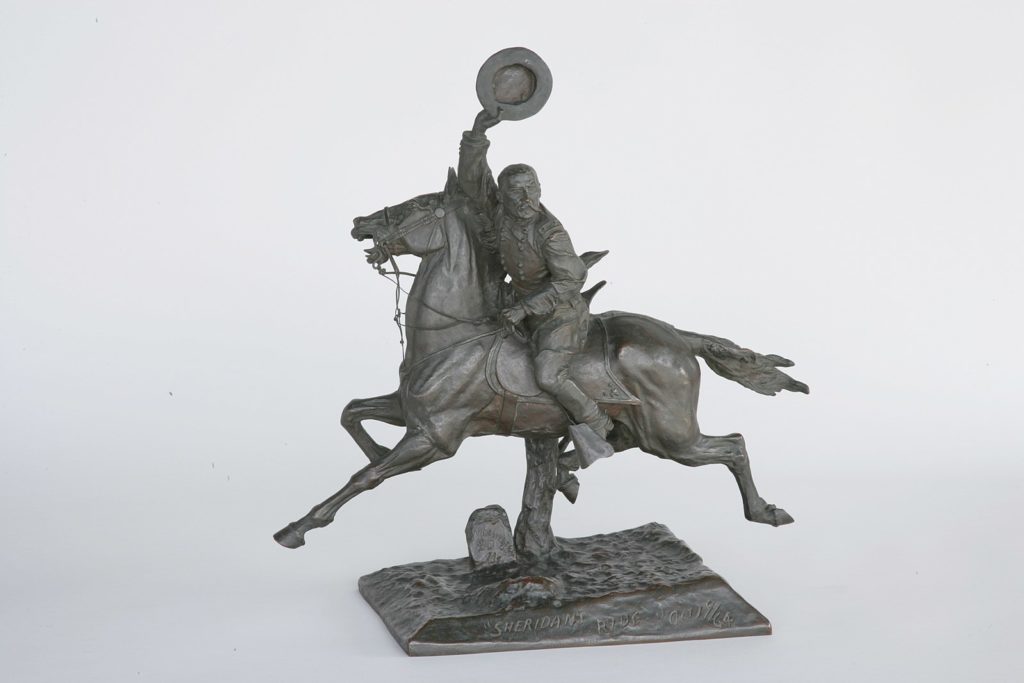
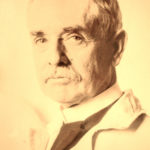
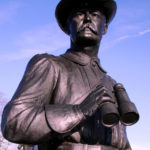
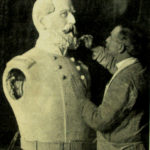
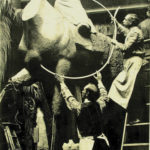
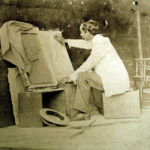
The correct caption on the last illustration should be “… bas relief of Admiral John Lorimer Worden in 1891” (or 1892?)
To: Bill Skyple.
Sir, you are probably aware that James Kelly sculpted a bust of my ansestor, Brig. Gen. Thomas W. Sweeny. I am searching for a presentation sword given to the General in 1862 by the City of Brooklyn. I thought that information on the whereabouts or existence of the sword might have been mentioned by Kelly in some of his correspondences. Perhaps you have any such knowledge from your researches, or even personal knowledge yourself about the sword. I have been in contact with Michael Burke At the Green-wood cemetery and with Gen Sweeny’s biographer, Jack Morgan. I am also in the process of researching the wills of William M. Sweeny, the Generals youngest son, and William’s wife , Leonora, for other clues to where is the sword. As far as I can tell I am the oldest surviving direct descendent of the General via a child of his first wife, Ellen. The presentation sword is not the sword which is displayed in the Wilson’s Creek Battlefield Museum in Springfield, MO – that “battle” sword rested against my fireplace until my dad “donated” it to the museum several years ago. So, I will be interested in anything you can offer me in my search. Thanks very much. You may even call me anytime at 502-314-2483.
Hello,
There is some evidence that James E. Kelly produced a plaster bust of Thomas Edison, as he looked in 1878. A picture of it was shown in Robert Bruce’s book on Kelly in 1934 (p. 20).
The actual Bust was indeed exhibited in 2013, at the MacCulloch Museum in Morristown, NJ. But the $64 question is: when was it made and why is there NO reference to it during Kelly’s lifetime?
An article on the subject will appear shortly.
Thanks!
I have just finished the 2024 edition of Generals In Bronze by William B. Styple.
It is a truly wonderful work and fascinating on both the insights James Edward Kelly gained in his relationships with these civil war generals as well as the visual sketches. I wonder how the bronze statues he created were portrayed in the museum? Is there a photographic compilation of Kelly’s Generals in Bronze that portrays the statues at their current locations?